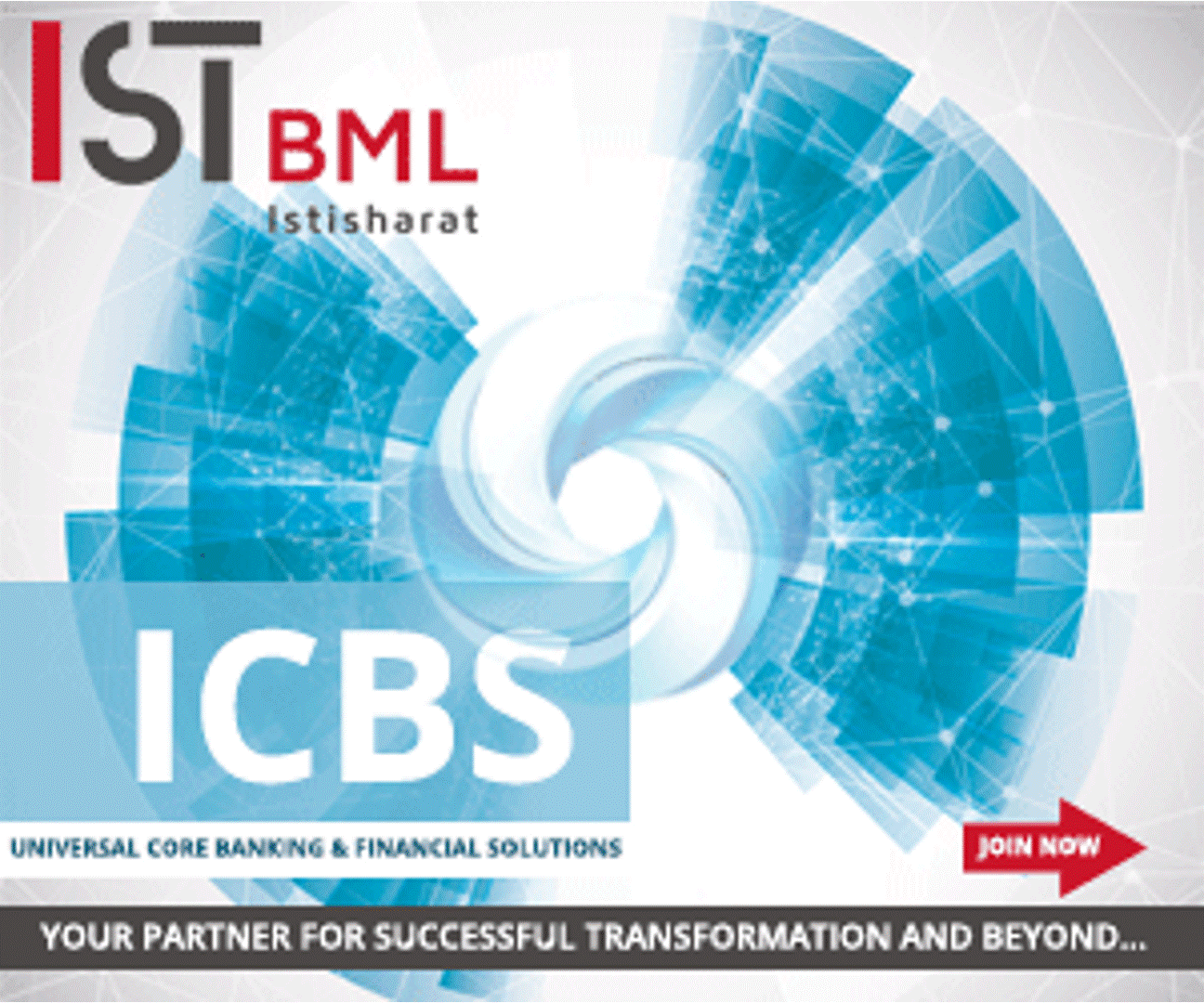 Back
Back
How lenders are re-assessing their credit model for selective lending in India?
By Edil Corneille
 It was not so long ago that the application for a loan process was tedious which took a toll on the mental health too of the applicant. Financial technology is progressing every minute and this has proved to be a game-changer for the lending sector. Digital lending has reduced the time taken for the loan application process with minimum or even no paperwork involved for the applicant. COVID-19 is a catalyst for the adoption of digital technologies by consumers and digital transformation journeys for financial institutions. But assessing a business’ creditworthiness is not the same as it was in the era prior to the outbreak of the coronavirus (COVID-19) pandemic.
It was not so long ago that the application for a loan process was tedious which took a toll on the mental health too of the applicant. Financial technology is progressing every minute and this has proved to be a game-changer for the lending sector. Digital lending has reduced the time taken for the loan application process with minimum or even no paperwork involved for the applicant. COVID-19 is a catalyst for the adoption of digital technologies by consumers and digital transformation journeys for financial institutions. But assessing a business’ creditworthiness is not the same as it was in the era prior to the outbreak of the coronavirus (COVID-19) pandemic.
Manish Agarwal, Chief Risk Officer, U GRO Capital told IBS Intelligence, “The focus of assessing creditworthiness has undergone a quantum change in the last 4 months. A clear demarcation can now be seen in credit assessment pre-covid and post-covid. In the pre-covid scenario, customer eligibility was calculated by assessing historical documents i.e. turn-over, banking transactions, GST Returns and of course the commercial bureau score. However, these documents no longer will give a true picture in the post-covid credit assessment era due to a breakage in business activities due to the lockdown.”
U GRO Capital has mentioned that as a digital lender, it is of vital importance to look to the future. Agarwal stated that the company now relies on predictive or projected cash-flows to calculate customer eligibility. This has been made possible by the development of algorithms that take into account a customers’ potential business revenue based on their personal inputs, sectoral inputs in which the business operates and the industry to which the business belongs to at a macro level. The assigned values are passed through the company’s proprietary scorecard (GRO Score) to determine eligibility.
“The lifestyle quotient of an average Indian consumer has changed for sure post COVID, and the Digital Lenders have to follow suit with respect to their underwriting. It’s imperative to identify parameters and pseudo indicators that imply the repayment intent & capability of the borrower, both the ones existing in the system as well as the new ones,” Madhusudan Ekambaram, CEO, KreditBee told IBS Intelligence.
Traditional banks are usually wary of lending to individuals who do not have a good credit score. Small businesses generally face challenges to show collateral and are hence unable to avail credit from these financial institutions. Ekambaram added that banks focus mostly on the standard parameters like salary and bureau scores. Digital lenders play a significant role by being more agile and innovative in their approach and can look for alternative data points like PIN Code (segregation of areas which fall under red, yellow & green zone), employment industry (depending on which industries are more affected than others), and employment proof recheck (since lot of layoffs and salary adjustments have happened), to name a few. With this, the digital lenders will be able to identify the prime borrowers from the so-called subprime segment and fill the needed gap.
IBSi FinTech Journal
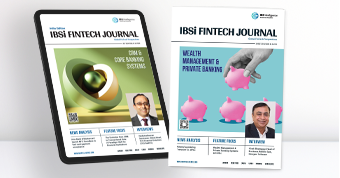
- Most trusted FinTech journal since 1991
- Digital monthly issue
- 60+ pages of research, analysis, interviews, opinions, and rankings
- Global coverage
Other Related News
Related Reports
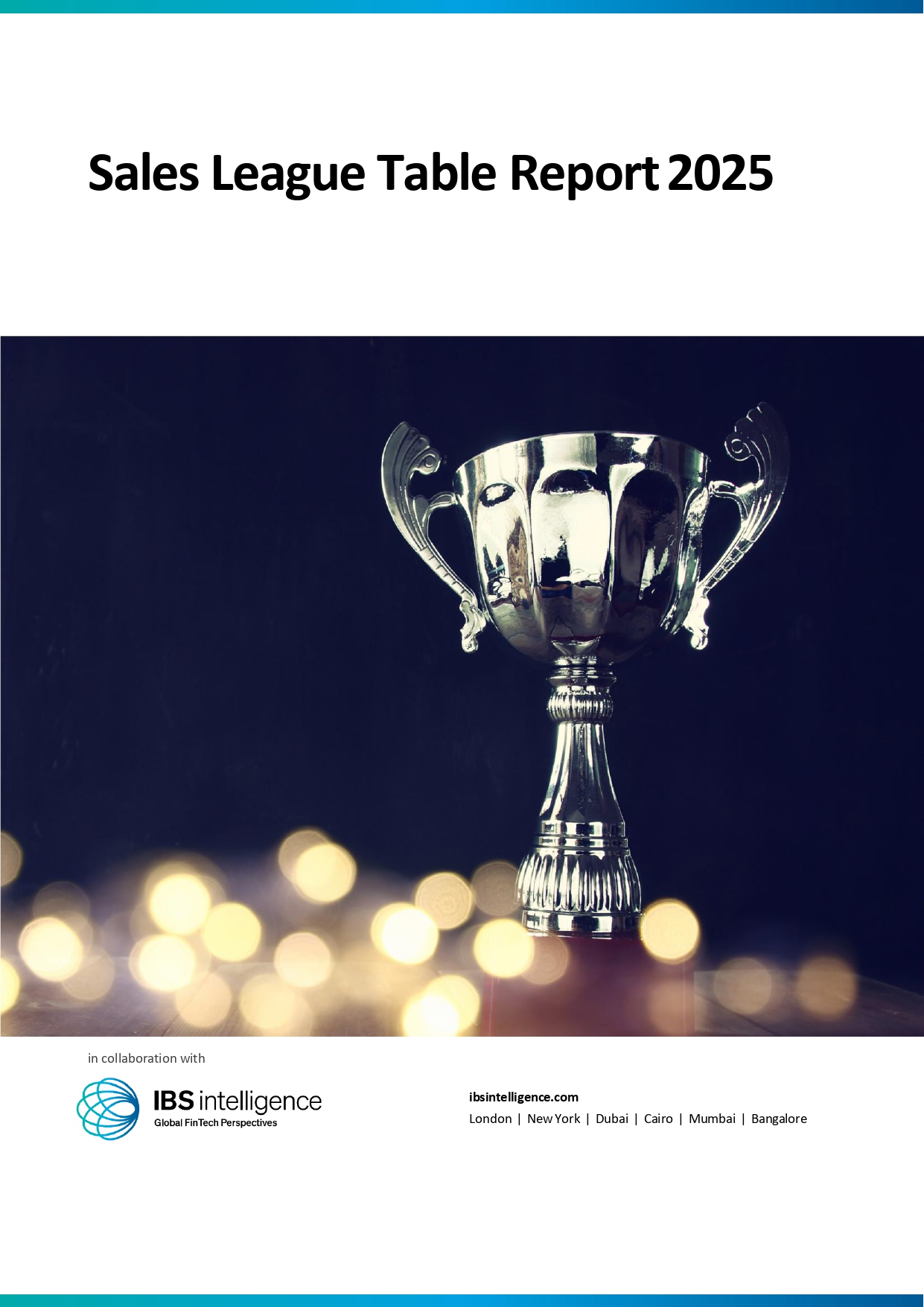
Sales League Table Report 2025
Know More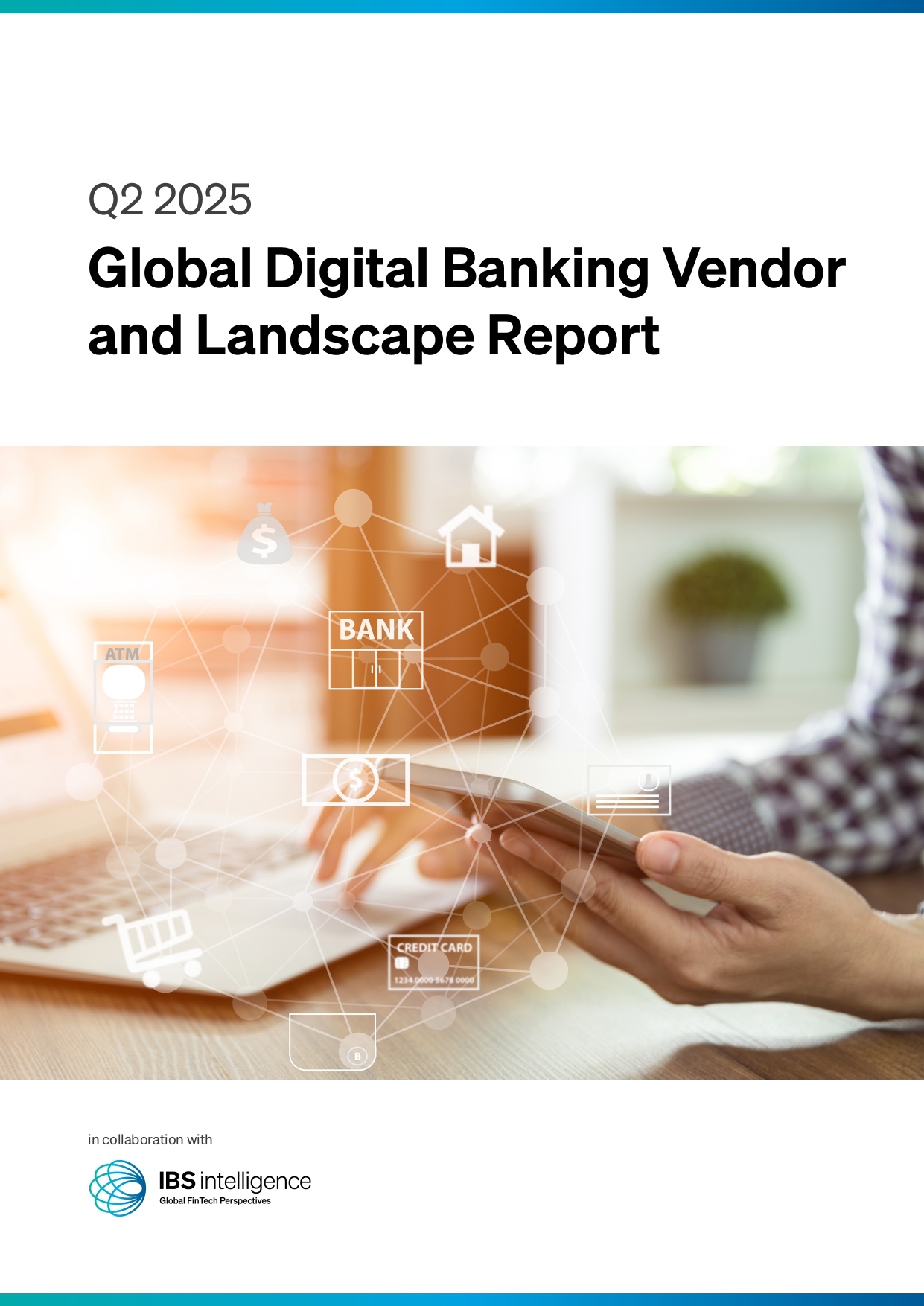
Global Digital Banking Vendor & Landscape Report Q2 2025
Know More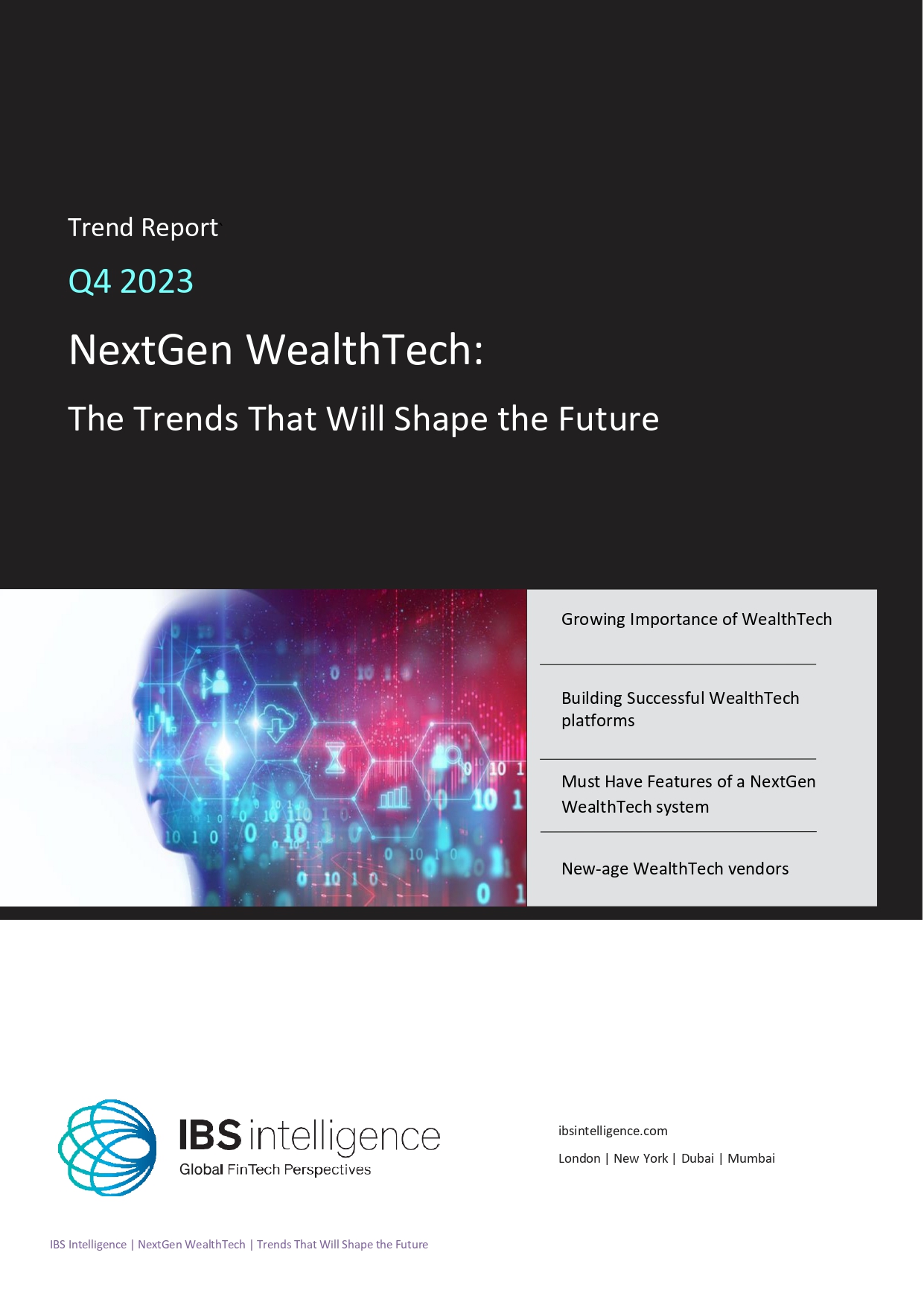
NextGen WealthTech: The Trends To Shape The Future Q4 2023
Know More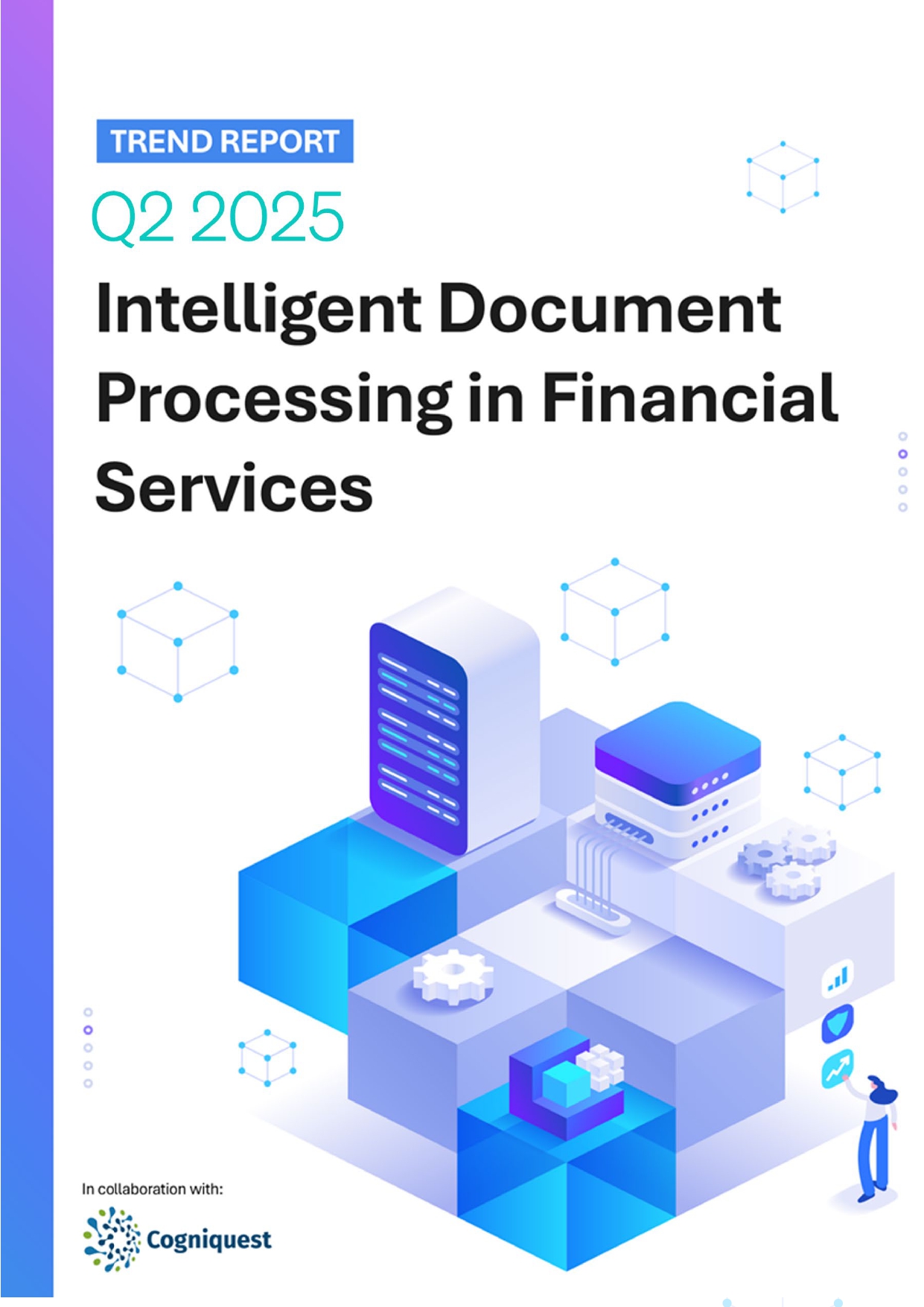
Intelligent Document Processing in Financial Services Q2 2025
Know More

